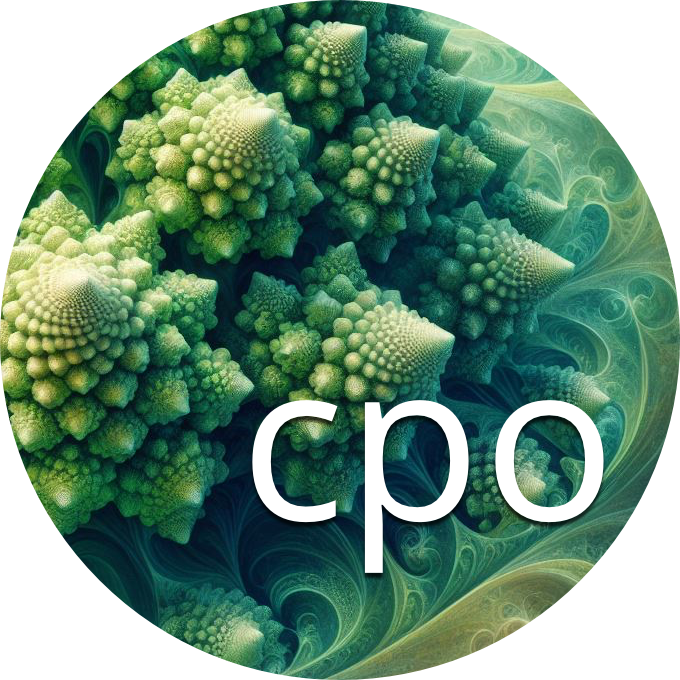Internet of things and automation of imaging: beyond representationalism
Abstract
It is no doubt that the production of digital imagery invites for the major update of theoretical apparatus: what up until now was perceived solely or primarily as the stable representation of the world gives way to the image understood in terms of “the continuous actualization of networked data”[1] or “networked terminal”.[2] In my article I would like to argue that analysis of this new visual environment should not be limited to the procedures of data processing. What also invites serious investigation is acknowledging the reliance of contemporary media ecology on wireless communication which according to Adrian Mackenzie functions as “prepositions (‘at,’ ‘in,’ ‘with,’ by’, ‘between,’ ‘near,’ etc) in the grammar of contemporary media”.[3] It seems especially important in the case of the imagery accompanying some instances of internet of things, where the considerable part of networked imagery is produced in a fully automated and machinic way, as illustrated with my main example, Air Quality Egg.[4] This crowdsourced air pollution monitoring platform consists of networked sensors transmitting signals and data which are then visualized as graphs and maps through the IoT service provider, Xively.
Such examples prompt the need for a major reconfiguration of the theory of digital image beyond the constraints of representationalism[5] and also beyond what has already been named “new aesthetic”.[6] In my opinion focusing not so much on the ontology of digital imagery as on its ontogenesis plays a key role in such undertaking. In other words, the main point of interest shifts from image’s being in the world to its becoming with and in the world. Hence I would like to propose the processual and relational concept of image as energy exchange, to some extent inspired the philosophy of Gilbert Simondon, yet with a strong posthumanist twist. Such metaphor allows for another step needed to transform how we think about production of digital imagery: shifting the focus from purely human intentionality to the machinic, hybrid and distributed agencies.
[1] R.Marie, I. Hoelzl, Softimage. Towards a New Theory of the Digital Image, Intellect, Bristol – Chicago 2015, loc. 146 (Kindle version)
[2] Ibid.
[3] A. Mackenzie, „Wirelessness as the Experience of Transition”, „Fibreculture Journal” 13/2008, online: http://thirteen.fibreculturejournal.org/fcj-085-wirelessness-as-experience-of-transition/ Retrieved: December 10, 2015.
[4] http://airqualityegg.com/ Retrieved: December 10, 2015.
[5] The recent critique of representationalism stems from at least a few sources, including performative theory and posthumanism, por. S. Kember, J. Zylinska, Life After New Media. Mediation as a Vital Process, MIT Press, Cambridge – London 2012; Ch. Salter, Entangled. Technology and the Transformation of Performance, MIT Press, Cambridge – Londyn 2010. See also: N. Thrift, Non-representational Theory. Space, Politics, Affect, Routledge, London - New York 2008; B. Anderson, P. Harris, The Promise of Non-Representationalist Theories [w:] idem, ed., Taking-Place: Non-Representational Theories and Geography, Ashgate, Farnham – Burlington 2010.
[6] D. M. Berry, M. van Dartel, M. Dieter, M. Kasprzak, N. Muller, R. O’Reilly, J.L. De Vincente, New Aesthetic, New Anxieties, V2, Amsterdam 2012, http://v2.nl/publishing/new-aesthetic-new-anxieties Retrieved: November 29, 2015; J. Bridle, „#sxaesthetic”, 15. 03. 2012, http://booktwo.org/notebook/sxaesthetic/ Retrieved: November 20, 2015; J. Bridle, http://new-aesthetic.tumblr.com/
Note: Download statistics restarted from zero effective January 1, 2024. Please follow this link to see cumulative download statistics from our previous publishing platform: CPO Download Statistics 2012 - 2023
Keywords: internet of things, Air Quality Eggs, mapping, non-representational theory
How to Cite:
Nacher, A., (2016) “Internet of things and automation of imaging: beyond representationalism”, communication +1 5(1). doi: https://doi.org/10.7275/R508638D
Downloads:
Download PDF
View PDF
630 Views
120 Downloads
